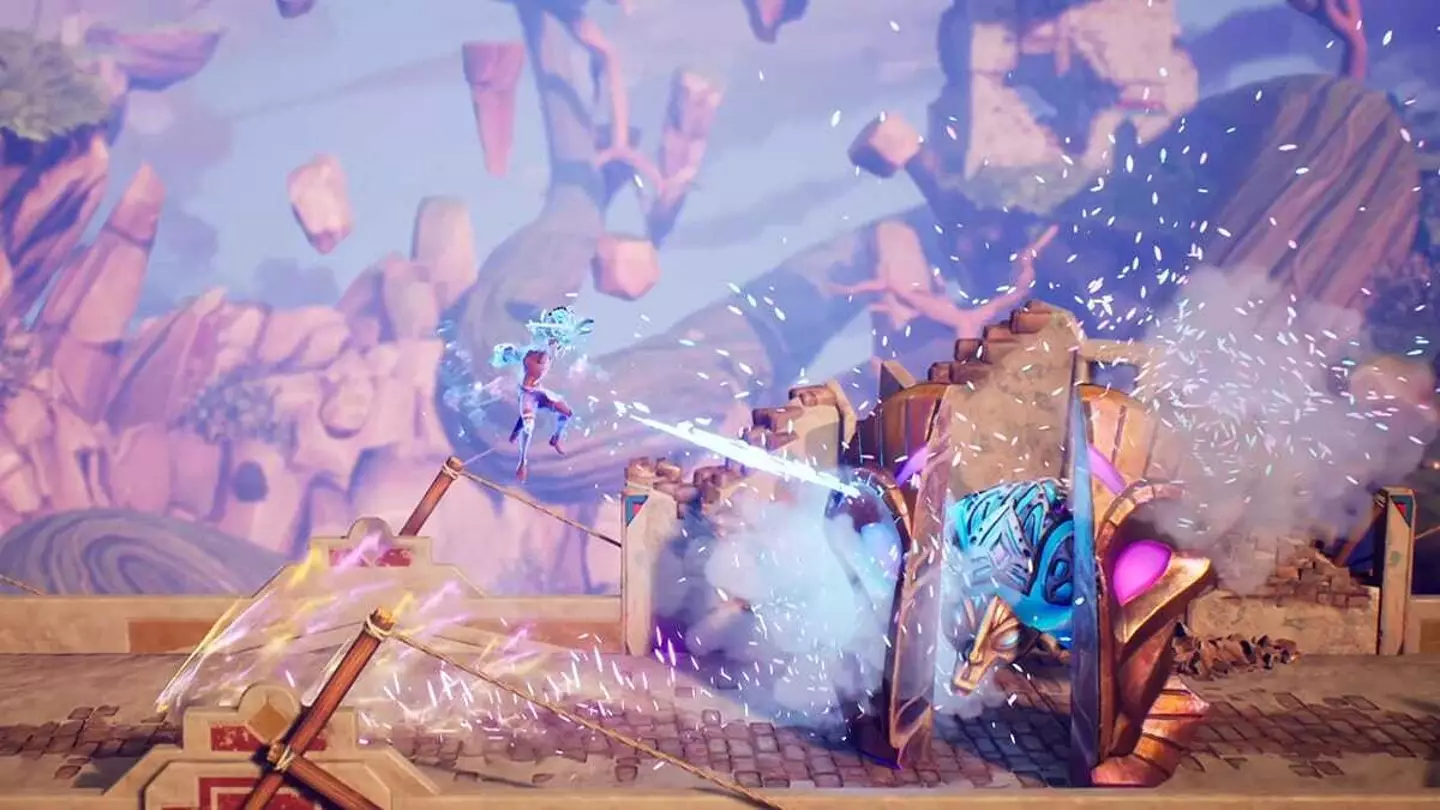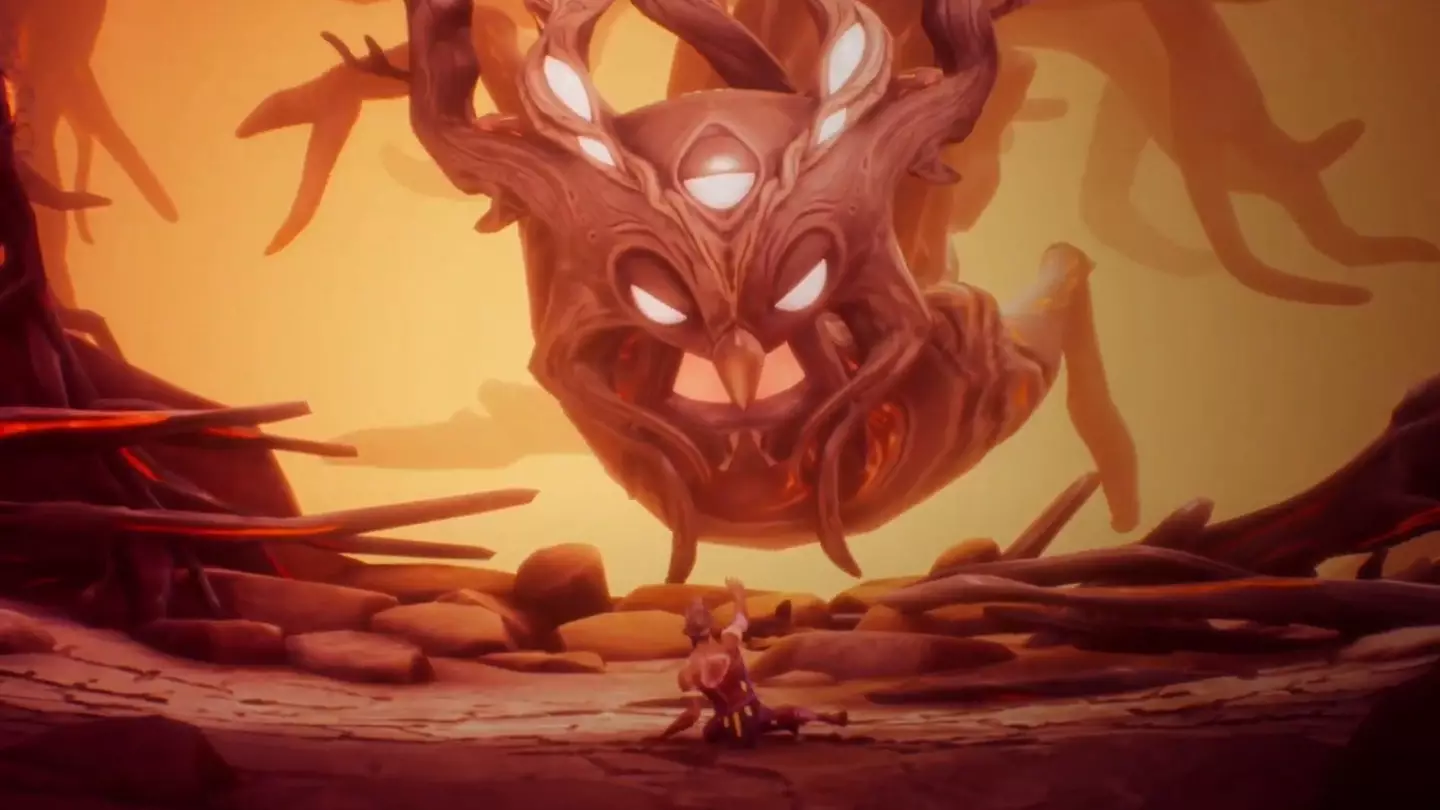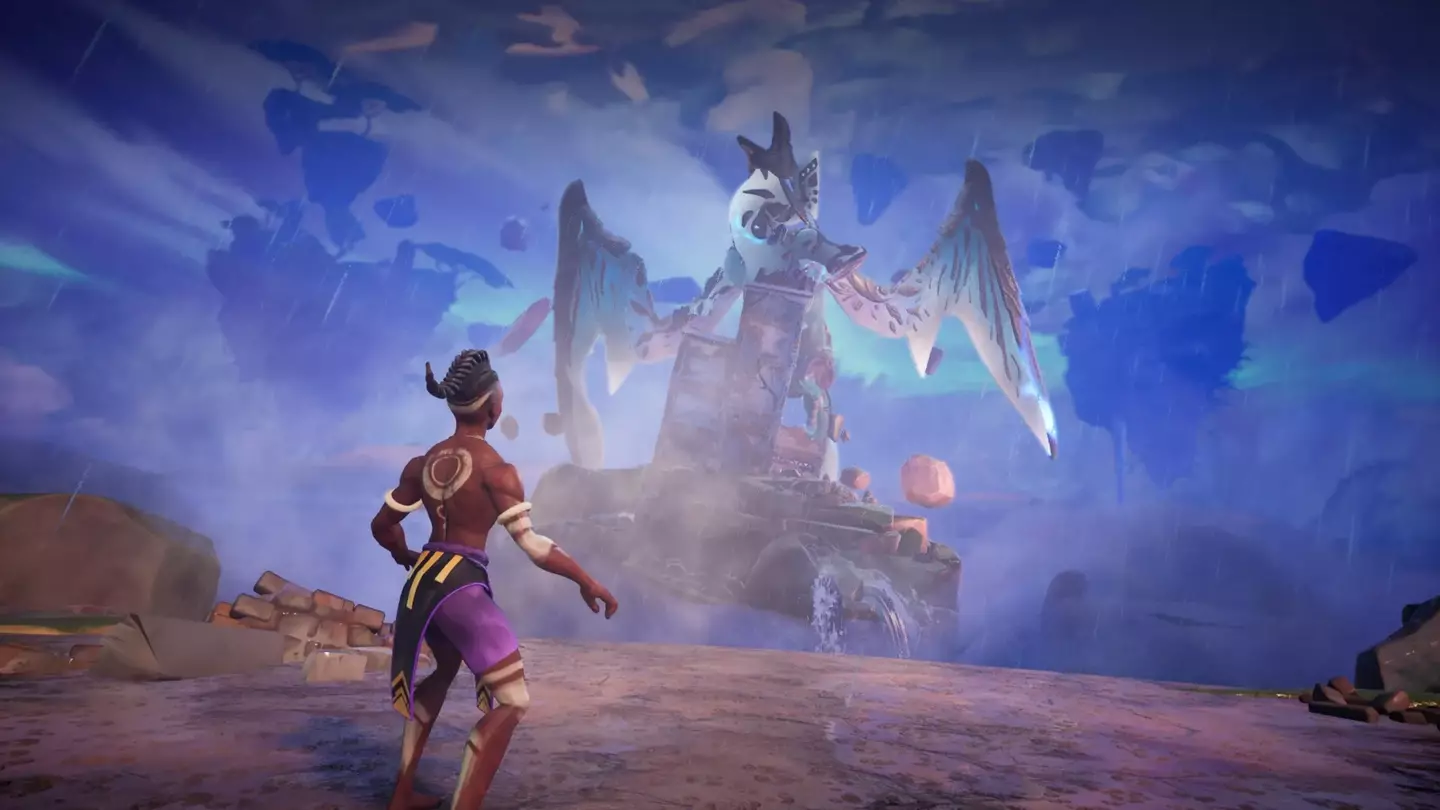
In another year, Tales of Kenzera: Zau would have wowed me. In terms of gameplay, its MetroidVania explorations and combat might have had me begging for more. Unfortunately, it landed in a year that started with Ubisoft’s Prince of Persia: The Lost Crown and while comparing the two isn’t ideal, it’s also unavoidable.
Both of these games feature gorgeous representations of colourful cultures, they each feature an enigmatic young male protagonist who utilises flashy combat, and they are designed around non-linear progression and exploration. Sadly, for Tales of Kenzera, Ubisoft’s outing does all of this much better and it lingers in my mind after I gave Prince of Persia: The Lost Crown a nine out of 10.
Of course, the two games do offer some differences. For example, the story of Zau is much more engaging and tells a beautiful tale of death and grief through its storybook adventure of a son hoping to bring his father back from the dead. Some genuinely wonderful lines of dialogue speak to the difficulty of loss, something that the main star and director Abubakar Salim is all too familiar with.
Advert
Salim lost his father and that sense of loss became the foundation to this game, and Salim’s passion for gaming generally. As he said in a Sky News interview, “If it wasn't for games, I wouldn't be an actor - they sparked my love for storytelling. And my dad saw they were the only way in for me.” I’m telling you this because I want you to know that this game has a firm handle on how grief shapes us and our actions. It is rooted in pain, but also love and joy.

Salim’s performance, and that of those around him, elevate the narrative above the Ubisoft comparison. If there’s one thing Tales of Kenzera does right, it’s the narrative package and collection of actors who pour enthusiasm, awe, wonder, and of course, sadness into their roles. Each line is wonderfully delivered and urges you to let conversations play out.
The subtle beauty delivered through dialogue is reflected in the environments. Each area you explore either highlights colour and beauty or darkness and absence. Whichever flavour the game is focusing on, it delivers gorgeous design and visuals. Even playing on my Steam Deck, each area wowed me with either luscious greenery and plantlife, or neon wonders that spark from the darkness.
Advert
This visual splendour is another highlight, but it sadly doesn’t improve the lacklustre feeling of exploration. Tales of Kenzera does look lovely, but the actual biomes and environs lack impact - it’s all been seen before. Going back to Prince of Persia, there’s a late-game biome where everything is frozen in time; waves crash and freeze in mid-air, and enemies are held in place as they fly back from battle. It’s inventive and fresh. Each new area I discovered here in Tales of Kenzera felt like a biome I’d seen a hundred times before, no matter how shiny and beautiful.

There’s only so many times you can appreciate a swamp or a wooded area. The game takes place in a storybook reality, one that’s full of imagination, so when we traipse the environments, it leaves a lot to be desired.
The same can be said for the combat which often lacks any inventive thrill. It’s fine, which could be seen as damning, and I don’t mean it to be. It’s serviceable with you switching between masks that bestow certain powers. The yellow mask is for melee combat and features more power but with slower movement. The blue mask, however, is for ranged projectiles that chip away at enemies.
Advert
Interestingly, each mask has a limited number of uses before it runs low on energy forcing you to switch to the opposite mask as that energy is refilled. So your ranged mask might only have 12 uses before it runs out and then you’ll need to wait it out before you can use it again.
Both of these masks can be upgraded to unlock passive and active abilities to bolster combat, but it’s the flow of the combat and the way the AI fights back, as well as the actual mechanics of the battles that just didn’t work for me. For example, some enemies have a shield to chip away before you can directly attack their health, or you might need to use ranged attacks to lower a shield before you can let loose with melee. The first few times I encountered these were interesting, but after some time, they became a frustration as they broke up the flow of battle.
I found that with every step I made going forward, I wanted the game to put less emphasis on fighting and more on introspection and exploration.
The enemies are tiresome and repetitive with only a few grunts that show up for the longest time. The only changes come with the inclusion of minibosses but even those begin to appear all too often and make each combat scenario a bit of a bore.
Advert
As the story moves onward, Zau chats with Kalunga, a spirit who has agreed to bring his father back after their journey. These moments offer humour and philosophy as the two characters tell stories or reflect on the beauty of life.
Then there’s the exploration which, in traditional MetroidVania fashion, is possibly the most important aspect and thankfully, it’s glorious. There’s a fluidity to Zau’s movement that makes for a very satisfying experience as you bounce from wall to wall, or slide away from danger. Small agility tests can be found throughout the map which were probably some of my highlights as the sense of freedom you get is simply wonderful.

The game borrows elements from several inspirations, some obvious, like the trinket system which bestows passive buffs, much like Hollow Knight. Then there’s the active reload mechanic from Gears of War which can be used once you’ve run out of mask energy and your next few attacks will be more powerful. These additions, as well as trees where you’ll meditate to increase your health bar, are lovely mechanics to expand the gameplay.
Advert
When all is said and done, I circle back to my first paragraph where I mentioned Prince of Persia. That game was a textbook MetroidVania done with style and innovation. This puts Tales of Kenzera in the shade because while it features some enjoyable moments, it doesn’t work as a cohesive unit, nor does it satisfy as others in the genre do. It has style by the bucketload, and it tells a story against a backdrop sorely needed in gaming nowadays.
As a diverse story featuring wonder and beauty, I cannot recommend this game enough, but the nuts and bolts need tightening for it to truly soar.
Pros: Stunning visuals, lovely movement mechanics and a belting story steeped in diverse culture
Cons: Combat can become dull, the map and biomes feel old
For fans of: Metroid, Prince of Persia, Hollow Knight
7/10: Very Good
Tales of Kenzera: Zau is available for PC (version tested), PlayStation 5, Xbox Series consoles, and Nintendo Switch. Code for review was supplied by the publisher. Find a complete guide to GAMINGbible's review scores here.
Featured Image Credit: Surgent StudiosTopics: EA, Nintendo Switch, PC, PlayStation 5, Xbox Series S, Xbox Series X
